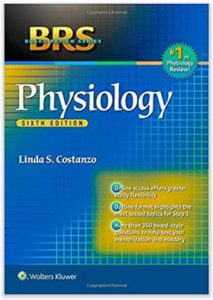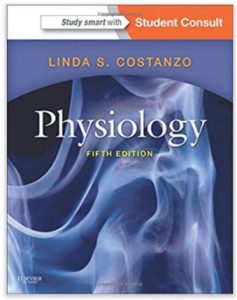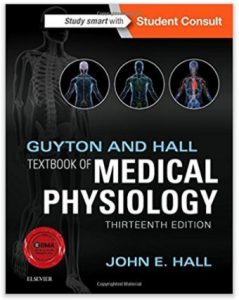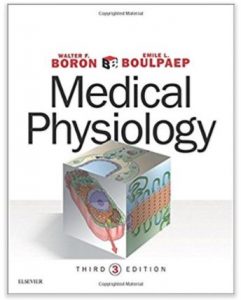Physiology is the most important course that you will take during first year of medical school (in most curriculums). It gives you an important backdrop: an understanding of how the body functions. If you have a good understanding of physiology, you will be able to learn pathophysiology and pharmacology more quickly as a second year medical student. There are an incredible number of resources that cover physiology, but you will only have a limited amount of time to utilize them. Along with studying the material from your lectures (often the material emphasized there will show up on your exam), there are a few books that you should consider using to most efficiently learn physiology. In my opinion, these are the best physiology books for medical students:
BRS Physiology
This is the Board Review Series (BRS) book on physiology, written by Dr. Costanzo. This is an essential book for medical students taking physiology because it gives a very concise, high-yield look at physiology. It is broken down into cell physiology and then goes through each organ system. Probably the most important part of this book is that it contains 350+ USMLE-style questions with explanations. Preparation by doing test-style questions is a very efficient way to study: you reinforce what you have study, test your knowledge, and become familiar with how information will be presented in a test. This is easily one of the best physiology books for medical students. I think this is a must-use resource for physiology. It is also very reasonably priced (buy an older edition if the price is an issue).
Physiology by Costanzo
Physiology is a textbook written by Dr. Costanzo, the same author of BRS Physiology (a little confusing, I know). This is probably the best textbook for medical school Physiology, because it both mirrors BRS Physiology well and goes into a level of detail appropriate for learning medical physiology. This book is ~450 pages long, rather than some of the more detailed textbooks mentioned below that can exceed 1000 pages and are much more difficult to use within the time constraints of medical school. I think the optimal way to use this book is to read the appropriate content before starting a given organ system/block of material and then using BRS Physiology to review and reinforce with questions alongside your lecture material.
More comprehensive physiology textbooks
If you are the type of person that likes to read comprehensive textbooks to learn, there are a few options for physiology. Personally, I would not use these unless your learning style favors doing a lot of reading. You may also find these textbooks helpful if you plan to do basic science research during medical school. Overall, these textbooks are not the most efficient way to study for medical students. Most people simply won’t have the time and focus to read one of these textbooks and also study the lecture material effectively. If you decide to grab one of these textbooks, there are two that are worth exploring: Guyton’s and Boron’s. These are prominent physiology texts and thus some of the best physiology books for medical students.
Guyton and Hall Textbook of Medical Physiology
The Guyton and Hall Textbook of Medical Physiology is one of the go-to detailed physiology books for medical students. Many students enjoy this book for the information it provides in detail, and also the array of color images it uses to illustrate concepts. One of the strengths of this book is how it covers neurophysiology and the different types of shock. It also provides an online companion which includes the full text as well as different modules, interactive images and animations. The online companion also includes multiple choice questions and images that allow you to quiz yourself. This is important to keep in mind because the physical text does not include any practice questions. The major drawback to this book is the organization, which some people find cumbersome. The 1168-page book is split in 15 units and each unit has several chapters (85 total chapters). The units jump topics somewhat abruptly at times (e.g., “Endocrinology and Reproduction” to “Sports Physiology”). However, this text should be used in parallel with your lecture material. So, you should be jumping between sections and chapters – not be reading the book in a linear, cover-to-cover fashion.
Medical Physiology by Boron and Boulpaep
The Boron and Boulpaep Medical Physiology textbook is another cornerstone of physiology education for many medical students. This book is extremely comprehensive at 1312 pages. Many students like the way the book is structured and find its numerous diagrams and drawings helpful. If you want to take a deep dive into physiology, this is your book. That said, because this textbook is likely the most comprehensive, it has information that may be more useful to someone interested in the more esoteric aspects of physiology than those that are most relevant to a physician or medical professional. For instance, there is a good amount of biophysics and molecular biology in Boron. As could be expected, a good number of students complain that the text can get a little dry. My advice would be to use this textbook more as a reference book, rather than a cover-to-cover read.





